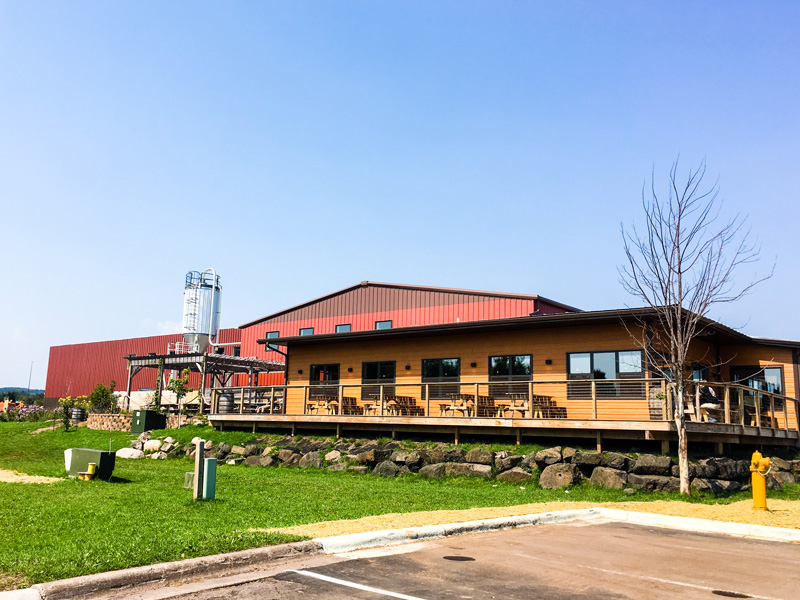Nitrogen Gas
As the most common element in our atmosphere, nitrogen (N) is found in all living cells. Nitrogen is often used as a refrigerant to freeze and transport food and also to preserve biological specimens.
Nitrogen Applications
Nitrogen has applications in a wide range of industries, including the pharmaceutical, chemical, brewing, petroleum, glass and ceramic manufacturing, metal, pulp and paper manufacturing, as well as in healthcare.
Liquid nitrogen is often used to flash freeze certain foods and nitrogen gas can be used as a preservative, preventing oxygen from reacting with exposed surfaces. Nitrogen’s inert qualities help create a stable environment during the production of circuit boards and transistors. While nitrogen gas can be used to the benefit of car and airplane tires, liquid nitrogen is used to freeze and pulverize used rubber which can then be repurposed for various uses—roofing, asphalt, and cushioning for recreational surfaces.
Nitrogen Gas Supplier
Minneapolis Oxygen makes liquid and gaseous nitrogen available to our customers in a variety of sizes to accommodate your needs. We can also assist in designing separation systems should the need for large quantities of on-site nitrogen present itself.
Safety Data Sheet (SDS) Nitrogen Gas Cylinder Sizing Chart
